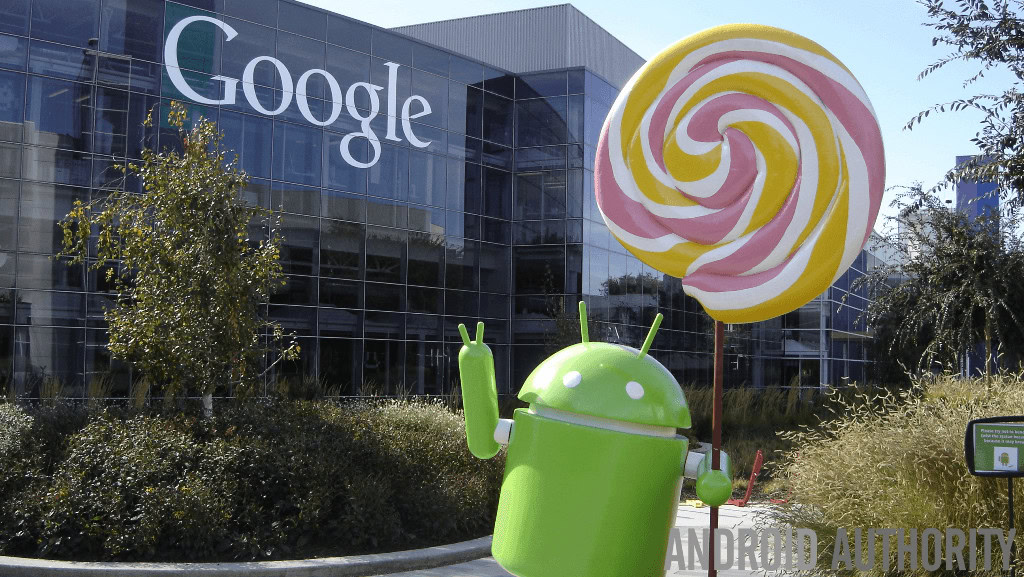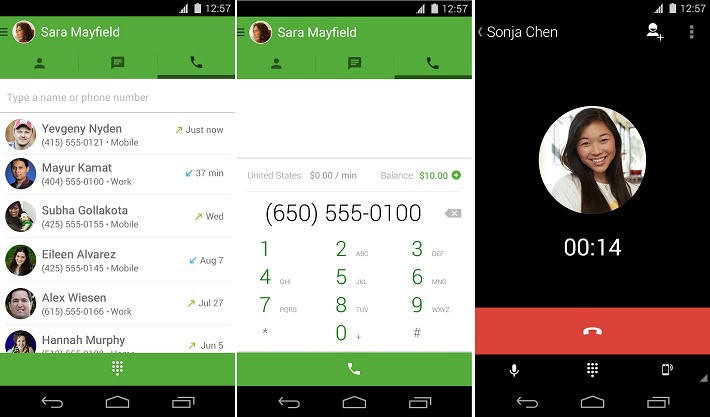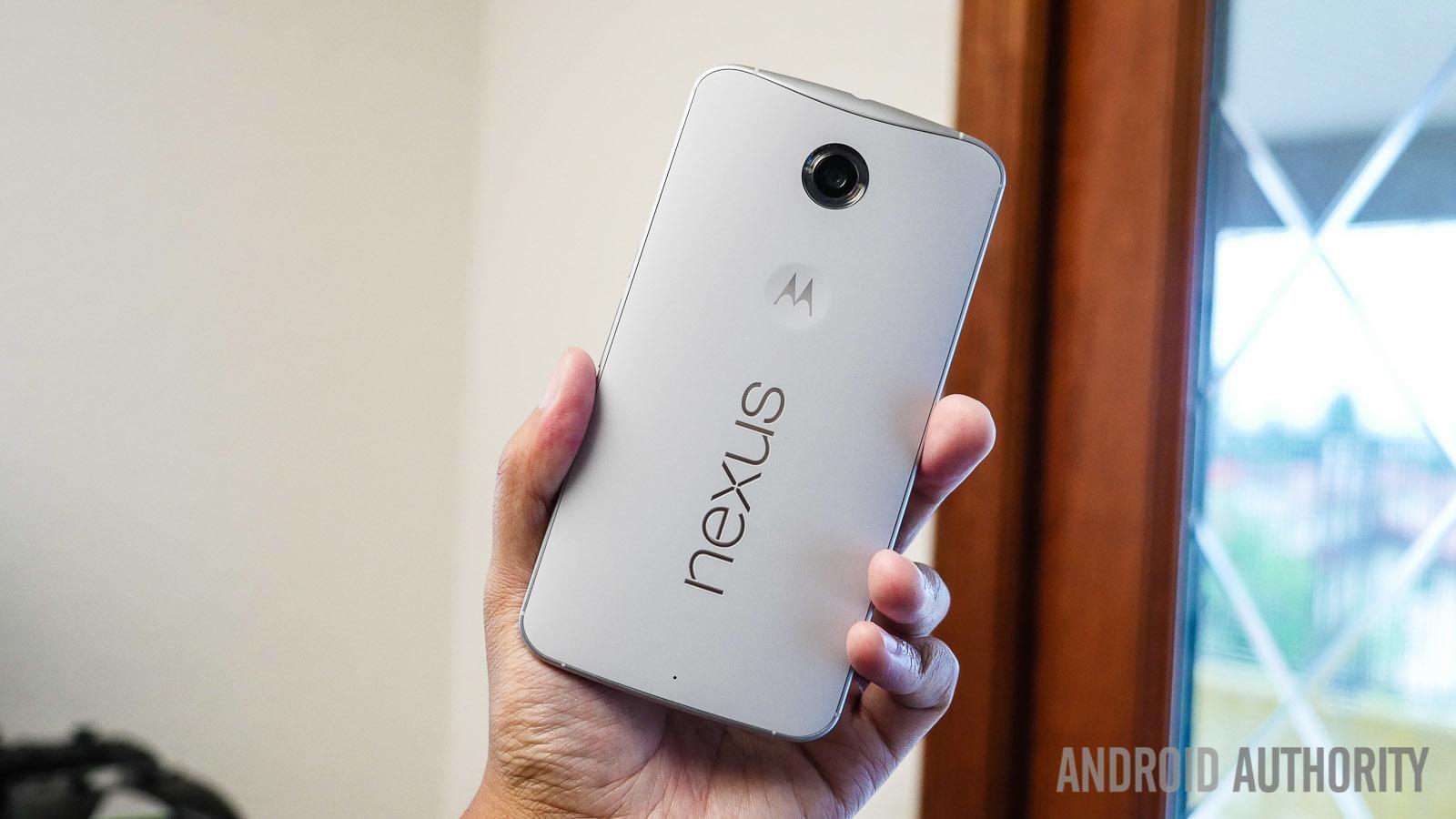Affiliate links on Android Authority may earn us a commission. Learn more.
Can Google disrupt the wireless industry?

Yesterday a report surfaced from The Information claiming that the long-rumored Google wireless service is nearly upon us under the name Project Nova, piggybacking off of Sprint and T-Mobile’s networks as an MVNO. We have to wonder, what exactly does Google hope to accomplish by entering into this space? Obviously the biggest goal could be disrupting the cellular industry, but in what ways would Google be able to accomplish this?
While we have no way of knowing for sure what Google plans, we can certainly look at the limited evidence around us and speculate a little. With that in mind, let’s take a look at what a Google-ran carrier might look like and how it could potentially change the game.
Google Wireless: the technology behind it
So how might Google’s service differ from traditional carrier services and other MVNOs? That’s a good question.
While initial reports haven’t given us much to go on, yesterday Android Police reported that this isn’t the first time they’ve heard of Project Nova. Reportedly they received a tip last year that they hesitated to report on due to a lack of further information. Based on this tip, Nova could be a data-only service that uses data for everything including calls. Furthermore it would reportedly offer unlimited data, though it would push calls and other operations over to Wi-Fi whenever possible

The original AP tip also claimed that Google Voice would serve as the backbone of Nova’s data plans, though that was before GV features started integrating into Hangouts. In a nutshell, that means Google Wireless (or whatever they call the final product) could give you a data-only plan and a voice number that would work through Hangouts. The end-product would be an experience that acts a lot like a traditional carrier and yet relies on cellular data to make all the magic happen.
Google's wireless service could offer unlimited data, though it would push calls and other operations over to Wi-Fi whenever possible.
If this sounds familiar, that’s because the model described is very similar to Republic Wireless, with the biggest change being the reliance on Google Hangouts for calls. This is Google though, and that means there has to be more to their service. After all, Google wouldn’t step into this space if they didn’t have a bigger ambition that goes beyond what we’ve already seen from competitors.
So what other kind of technologies might Google bring to the table, other than simply relying on a data-only MVNO model? According to the Wall Street Journal, Google has been lobbying the FCC to free up vast amounts of low-quality wireless spectrum. This type of spectrum can’t transport wireless signals across long distances, but Google could use the signals across smaller ranges (like specific cities) as a way to improve wireless networks. As Google said during a recent letter to the FCC, these frequencies could be used for “the next generation of unlicensed broadband services” or “entirely new technologies and innovations”.
Using a network of Google Fiber driven Wi-Fi and new technologies that potentially utilize higher-frequency spectrum, Google could provide a faster phone service that reverts to using Sprint and T-Mobile networks when folks are away from publicly available Wi-Fi networks.
What the plans might look like, where they might be offered
There’s quite a few ways that Google could go about this. First, it could offer its services for free as part of a Google Fiber subscription, making the use of Fiber-backed public and private networks free for their wireless service. Second, they could make it dirt cheap and maybe even somehow ad advertising to augment costs, though we have a feeling consumers wouldn’t care for this ad-driven approach too much.
We also have to wonder if their MVNO would be prepaid, postpaid or come in more than one flavor. Given the “open nature” of Google (in most things), we’d say that they likely won’t subsidize their devices too heavily, if at all, and so a no-contract model is probably more likely. Regardless, at the very least we can expect pricing to be more aggressive than most other carriers out there.
As for availability? I personally have the feeling that the rollout will be limited, especially if the service is tied into special technology that goes beyond a typical MVNO setup. Obviously this is speculation, but we shouldn’t be too surprised if Google targets the same cities that currently offer Google Fiber — though it would be amazing if they end up having a wider launch of the service that goes beyond a few metro areas.
The phones

Here’s an interesting question: what phones would Google support? Would they allow you to bring any compatible GSM (for T-Mo) or compatible CDMA (for Sprint) device? Would they offer their own products? It seems like a safe bet that the Nexus 6 and Nexus 9 Wi-Fi would be made available, but that’s a pretty limited selection. That means Google either needs to embrace the BYOD model, create new GPe devices, or open up its service to OEM-skinned products from Motorola, Samsung, HTCand others.
We also have to wonder how the network would work, considering it is using both a CDMA-based and a GSM-based carrier. Would customers choose either a Sprint-based plan or a T-mobile-based plan? It is also possible that Google could use both networks simultaneously, though that would mean relying on LTE only (as legacy frequencies like 3G would add extra headaches) and ensuring all phones that are compatible with the service play nicely with all necessary frequencies.
Possible killer weapons

Quicker updates
There are many times when unlocked or global devices start receiving updates significantly quicker than carriers, with AT&T and Verizon being two of the worst offenders when it comes to update timeliness. While it seems obvious that Nexus device on Google Wireless would get extremely quick updates, what if Google did the same with OEM-skinned devices that were compatible with its network?
A US network that offered updates nearly as quickly as unlocked devices? If Google could actually pull this off, that would be amazing. That said, I’ll admit I’m not sure if the fact that Sprint and T-Mobile are providing the cellular network would get in the way of this or not. Still, I suspect that quicker updates would be just one of many weapons in Google’s arsenal.
Being more open, and near-bloat free
Another way that Google could stand out is by simply being more open, embracing the idea of custom ROMs, modding and keeping carrier bloatware to a minimum. If Google is simply utilizing services already tied into Android (such as Hangouts), Google’s service could be the most “pure” bloat free experience on the market.
Think of Nova as the “Nexus” of carriers
The Nexus program is designed to be a reference platform, not just for developers and modders, but for OEMs as well. The idea is that a Nexus device is showing what a Google-driven experience can and should look like, armed out of the box with the newest version of Android. The hope is that OEMs follow their example with their own OEM-skinned offerings.
I sincerely doubt that Google is getting involved with the wireless industry in order to just make money. This is just another way — alongside Project Loon and many others — to get more folks online and connected to their services. It also will hopefully serve as a shining example for carriers on how to make a consumer-friendly service that breaks conventions.
While T-Mobile is already doing its fair share to shake up the wireless industry, more innovative players in this space certainly can’t hurt any. Whether I personally think that Google can disrupt this industry? While they certainly have the means, I don’t think it will happen anytime soon — at least given the slow rollout we’ve seen with Google Fiber so far. What do you think, would you like to see Google get involved in the wireless game or are they best left sitting this one out? How to do you think Google might change up the wireless game?